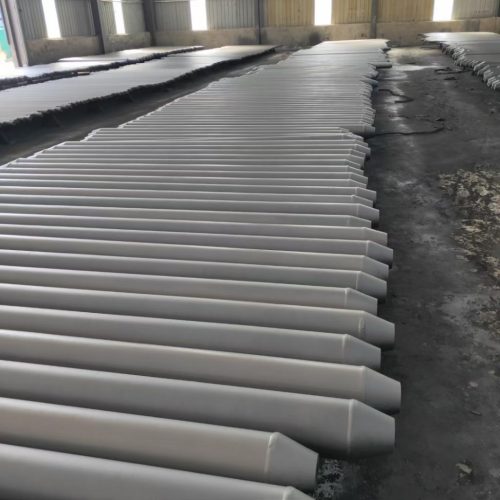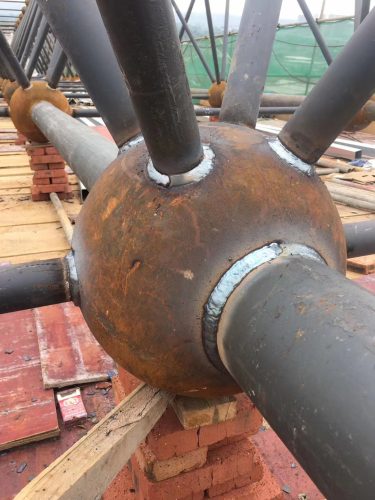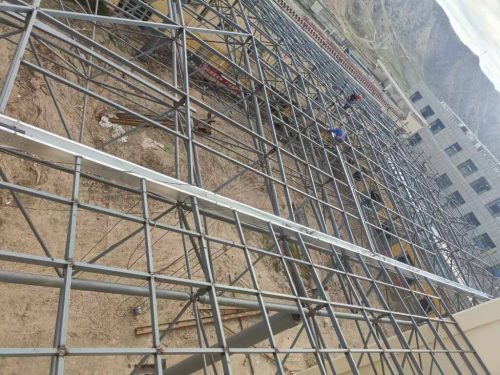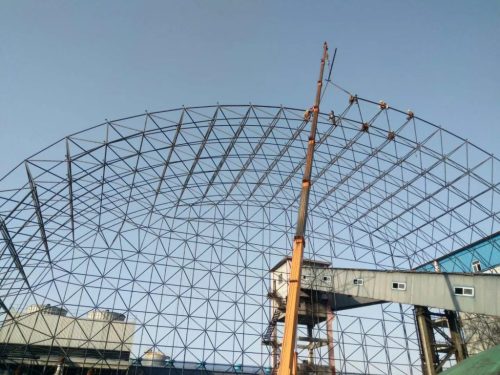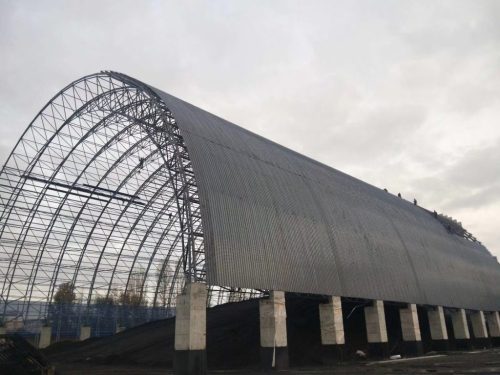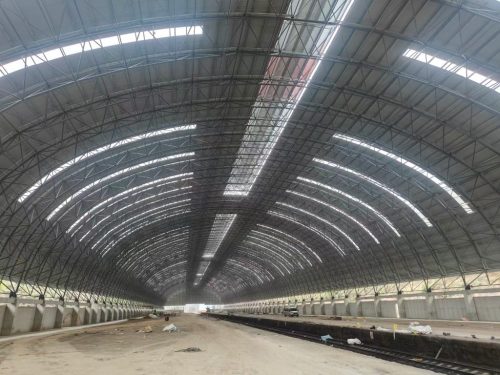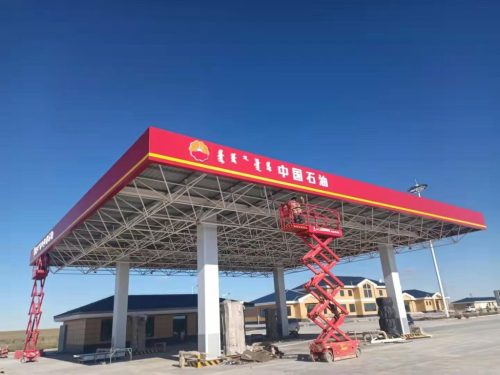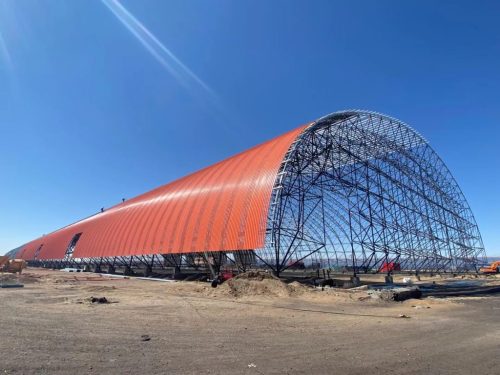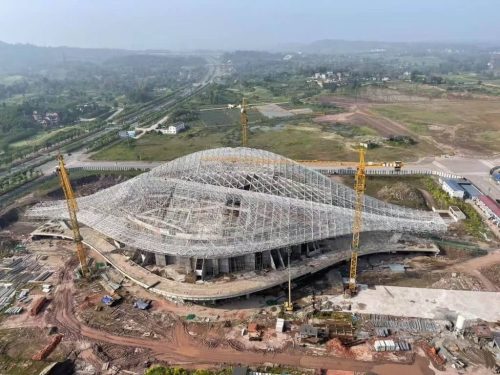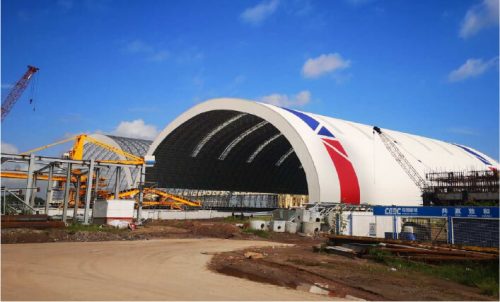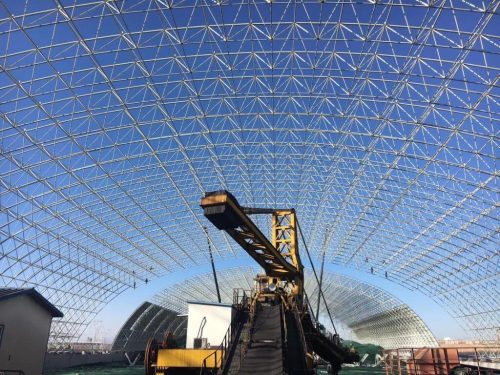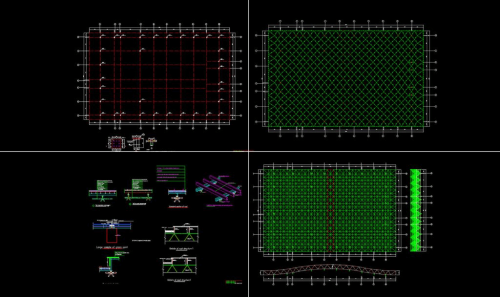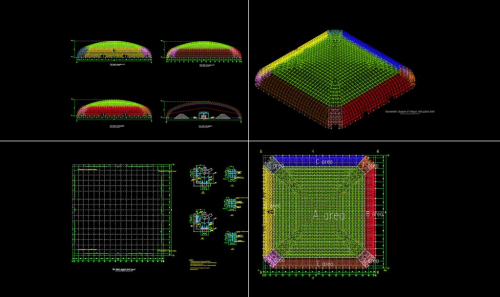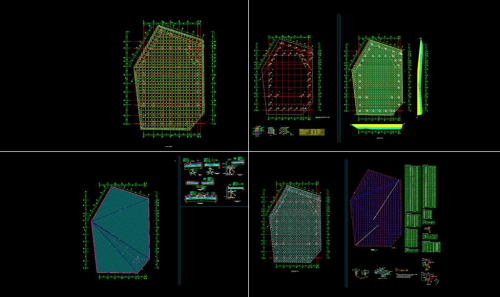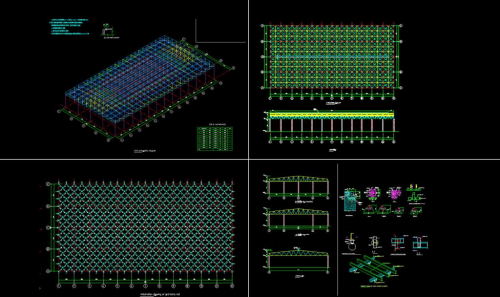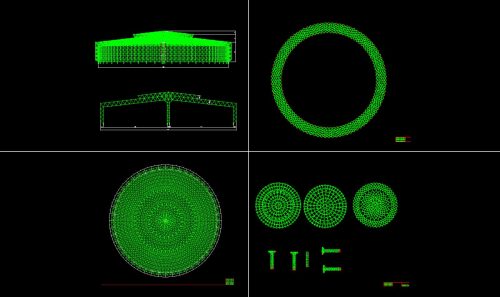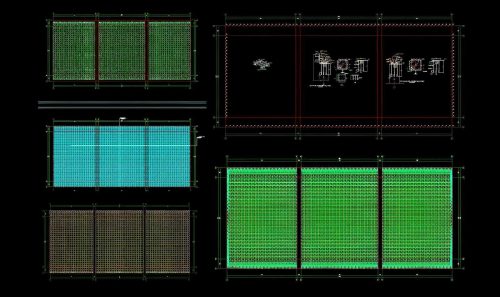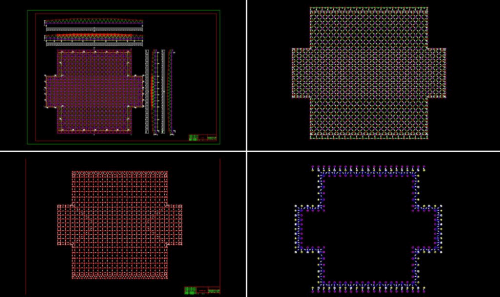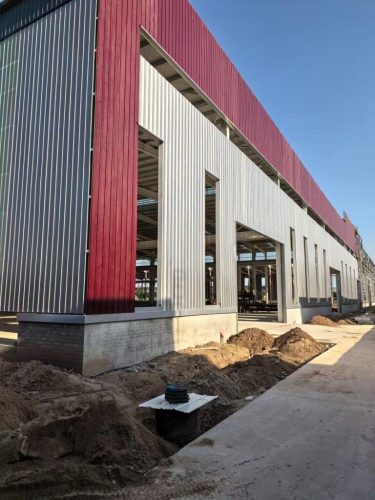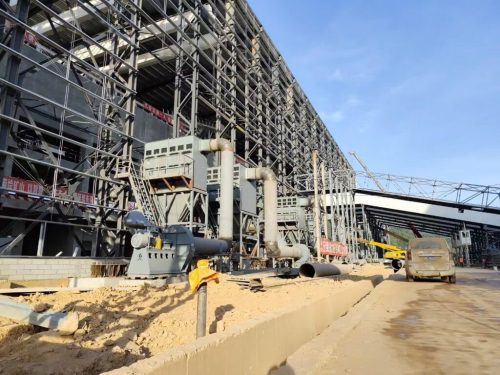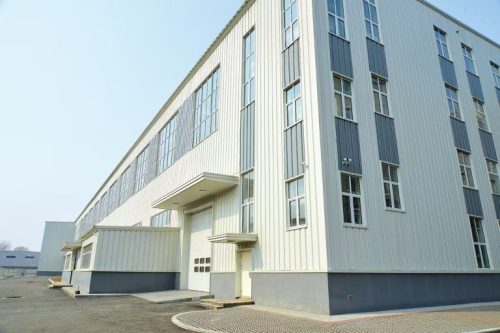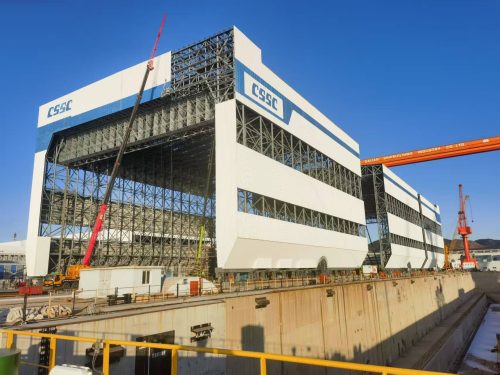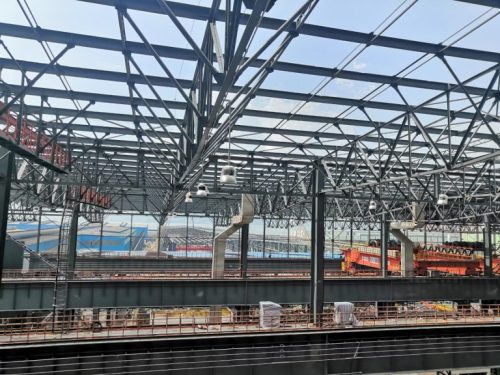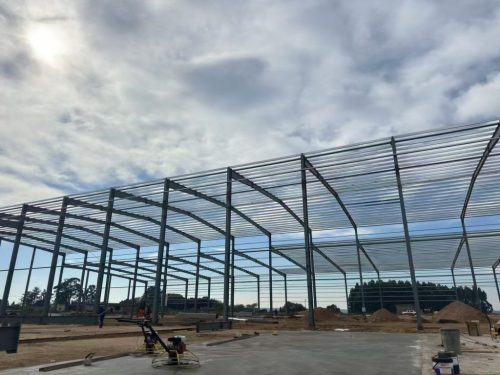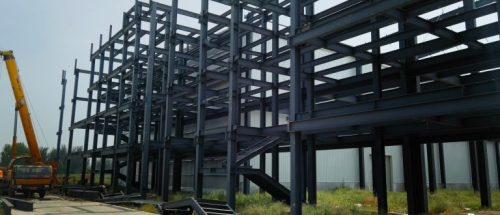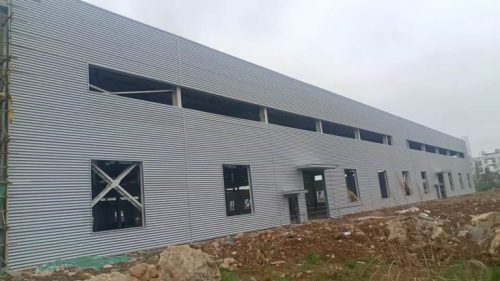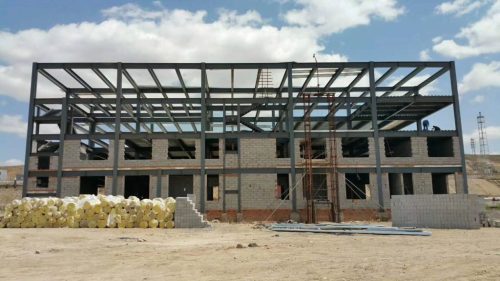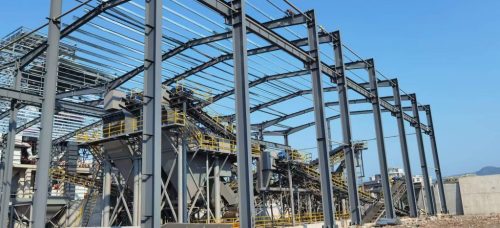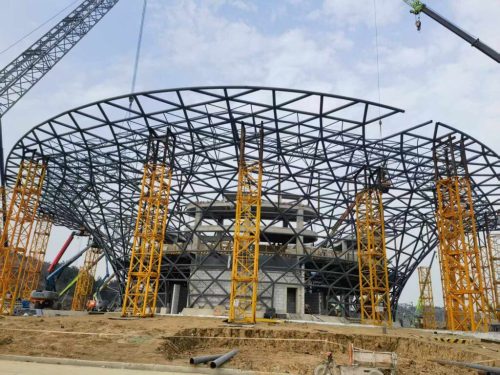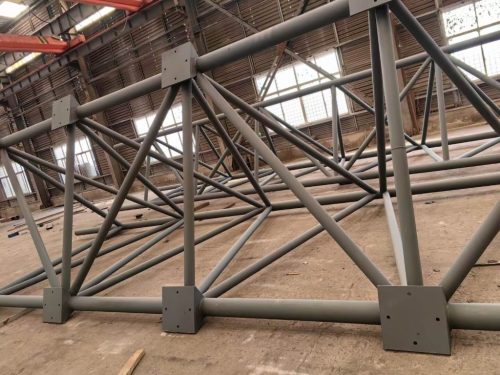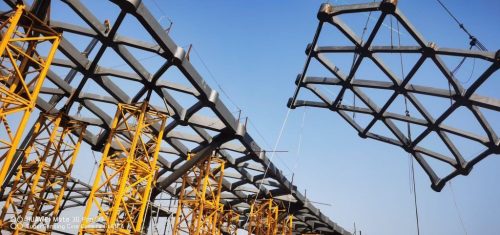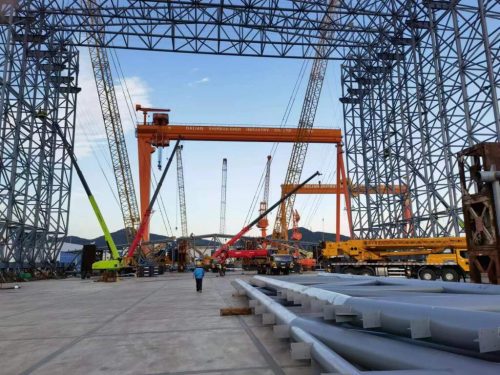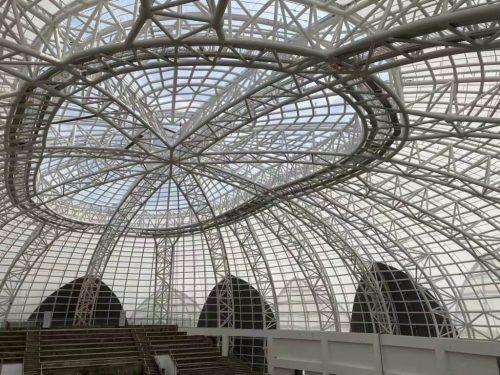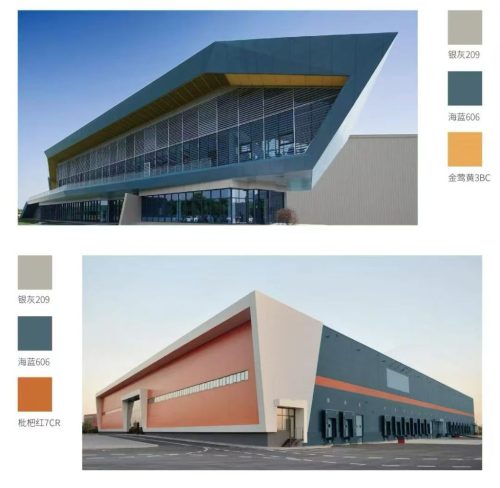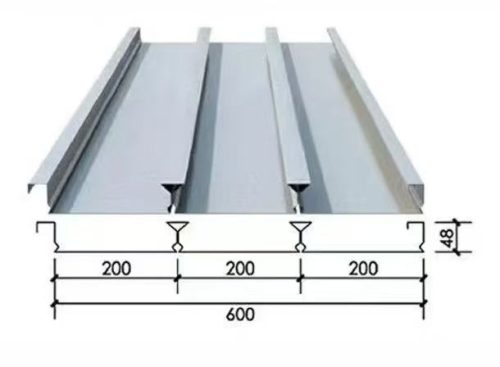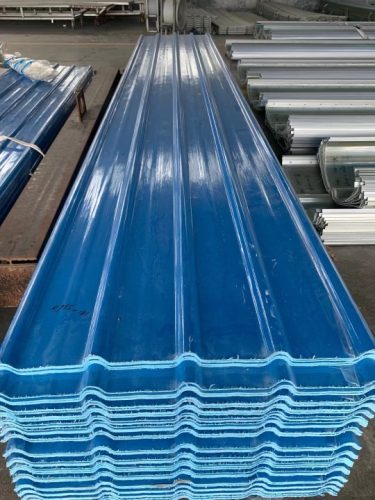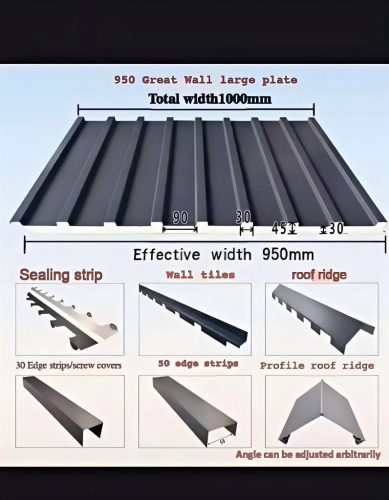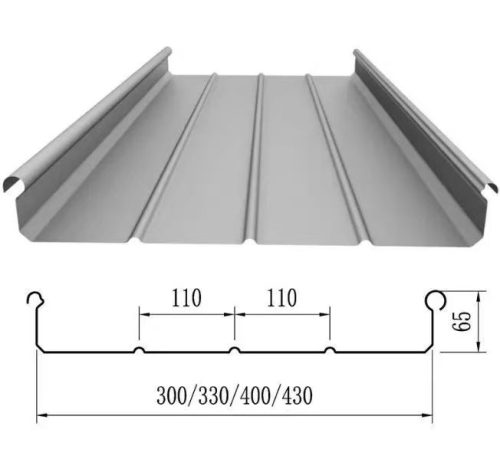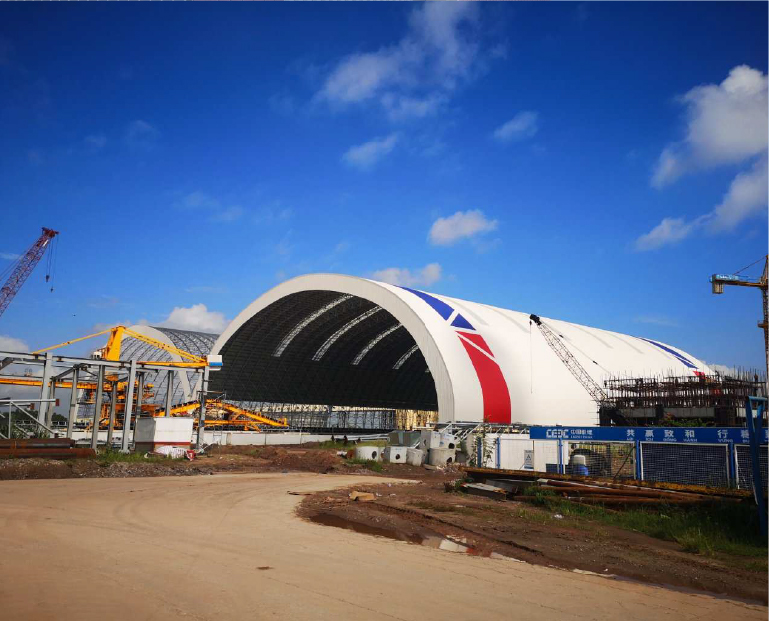Shape-Finding Technology for Special-Shaped Curved Steel Space Frames
In the age of iconic architecture, curved and free-form structures have become a hallmark of modern design. From cultural landmarks to transport hubs, architects increasingly pursue flowing, organic forms that challenge the limits of traditional engineering. However, when it comes to special-shaped steel space frames, especially those involving large curved surfaces, one of the core challenges lies in reconciling aesthetics with structural rationality.
The Pain Point: Free-Form vs. Mechanical Feasibility
Free-form architecture enables expressive and dynamic shapes, but these designs often lack inherent structural logic. Unlike conventional domes or shells, which follow geometric rules of equilibrium, free-form surfaces can produce stress concentrations, excessive deformation, or inefficient load paths when translated into steel space frame structures.
As a result, engineers face a major dilemma: how to maintain the designer’s intent while optimizing the structure for real-world constraints such as gravity, wind, seismic loads, and material efficiency.
The Solution: Morphological Optimization Using Genetic Algorithms
To bridge this gap, the shape-finding process becomes critical. Instead of force-fitting a steel structure onto a free-form surface, engineers now use morphological optimization techniques to arrive at a shape that satisfies both design freedom and structural performance.
A proven method is applying genetic algorithms (GAs) — computational models inspired by natural evolution — to evolve structural forms toward optimal configurations. These algorithms simulate a population of design variants, gradually improving them over generations based on performance criteria such as:
- Structural stiffness
- Minimal deflection
- Stress distribution
- Material usage efficiency
l Kangaroo Plugin in Rhino/Grasshopper
A popular tool in this domain is the Kangaroo plugin, a physics-based engine for Grasshopper/Rhino that allows real-time interactive simulation. It enables form-finding through particle-spring systems, allowing the structure to “relax” into a natural equilibrium shape under simulated forces.
By applying constraints (like fixed points or boundary conditions) and loads (such as gravity), designers can iteratively refine a mechanically reasonable and aesthetically pleasing curved grid shell. The process mimics how nature creates structures — optimizing material placement for strength and efficiency.
Case Study: Changsha Meixi Lake Culture and Art Center
A successful example of this approach is the curved lattice shell structure of the Meixi Lake Culture and Art Center in Changsha, China. Designed by the legendary architect Zaha Hadid, the structure features fluid, twisting geometries that seamlessly integrate roofs, walls, and ceilings.
To translate these complex forms into a buildable steel space frame, engineers adopted form-finding strategies based on:
- Digital modeling using Rhino/Grasshopper
- Kangaroo simulations for surface relaxation and force flow optimization
- Parametric control to ensure panel sizes and node angles are feasible
- Structural validation using finite element analysis (FEA)
The final design not only captured the architectural vision but also ensured load-bearing efficiency, structural stability, and constructability — all while reducing material waste and fabrication complexity.
Conclusion
As architectural forms grow more expressive, engineers must adopt advanced digital tools and computational thinking. Shape-finding using genetic algorithms and tools like Kangaroo provides a bridge between form and force — allowing designers to explore new shapes without compromising structural logic.



